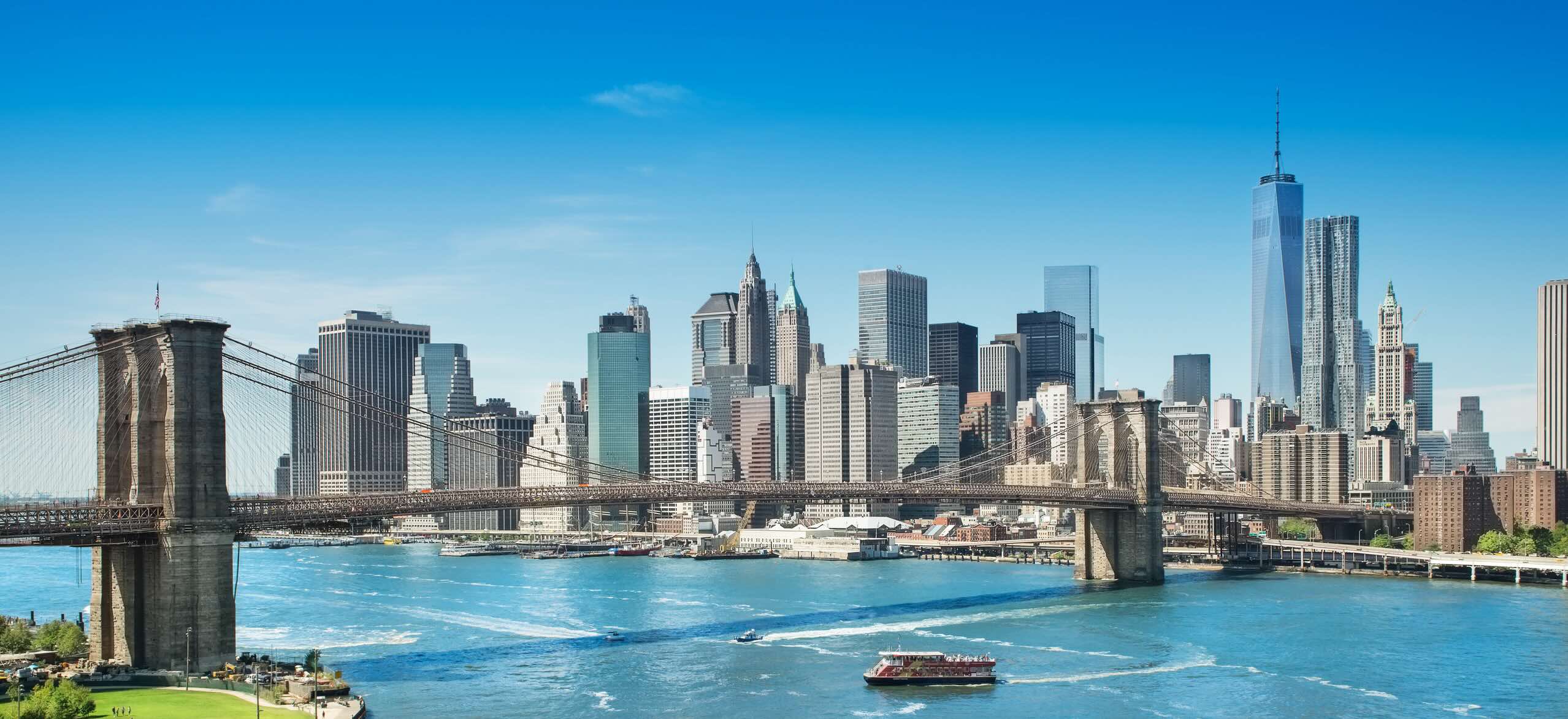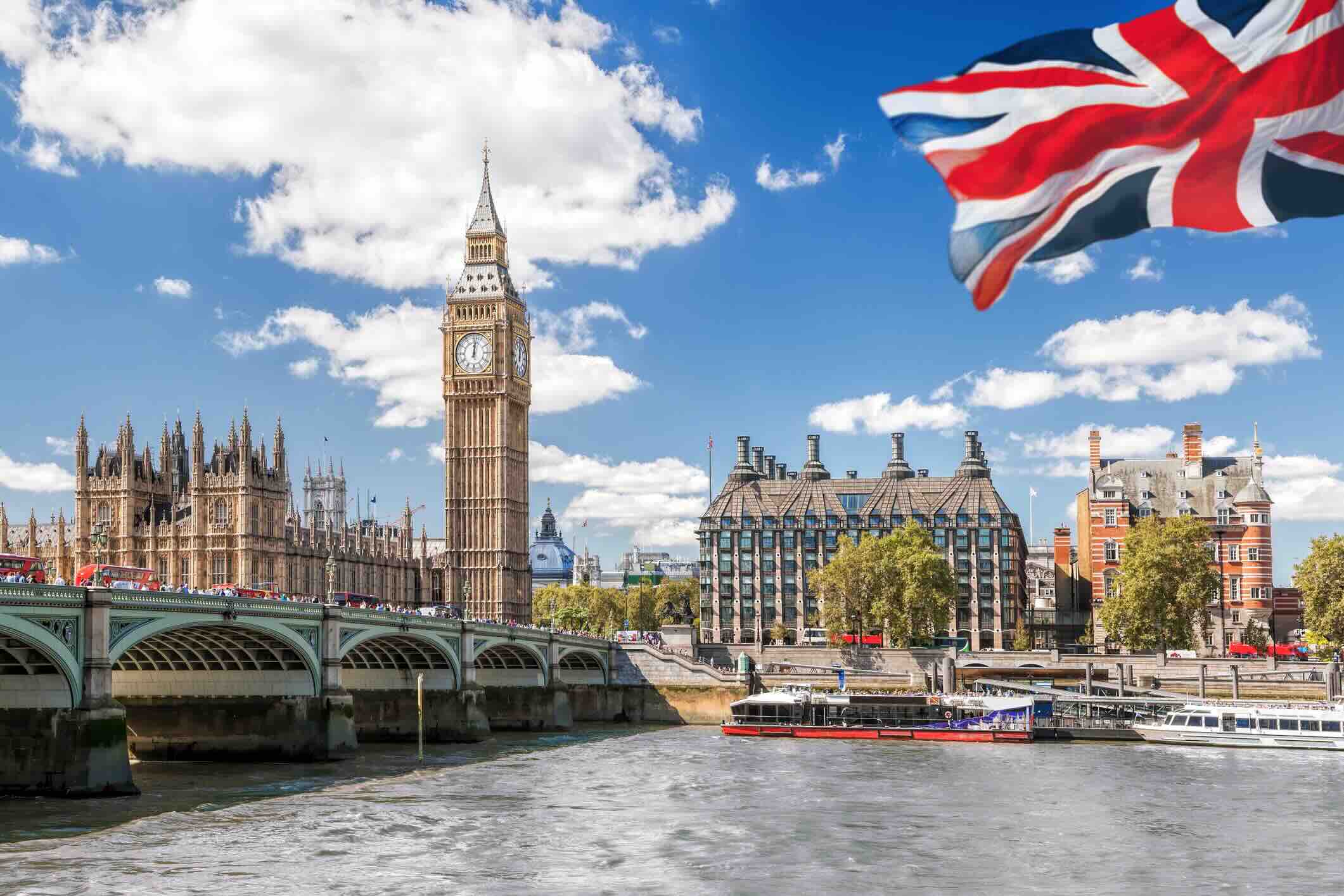This website uses cookies so that we can provide you with the best user experience possible. Cookie information is stored in your browser and performs functions such as recognising you when you return to our website and helping our team to understand which sections of the website you find most interesting and useful.
ACR Statement in Response to Bloomberg Article on Buffer Pools

When it comes to climate action, sooner is better than later. The world needs to act with urgency and to encourage early and decisive action, even as science, technologies and best practices continue to evolve.
We applaud first movers, like Nike, who take ambitious, voluntary actions to reduce their own operational and supply chain emissions. If more companies had acted like Nike did nearly 20 years ago, the world would be in a better place. Instead, many companies eschewed climate leadership, which, in addition to the lack of national climate regulation in the U.S. and other major emitting countries, explains the current climate crisis.
To meet the Paris Agreement climate targets – the world’s best hope to avoid catastrophe – protection, conservation and restoration of forests are critical. These actions are also among the most readily deployable, affordable and scalable available today. When it comes to mitigating reversal risks associated with these projects, ACR has robust, legally binding and enforceable systems in place to ensure the integrity of the carbon credits we issue.
ACR has separate mechanisms to address unintentional (e.g., wildfire) and intentional (e.g., over-harvesting) reversals from forest and land use projects. Project Proponents are legally bound to fully compensate for intentional reversals. For unintentional reversals, ACR manages a diverse, well-capitalized Buffer Pool. Currently the ACR Buffer Pool represents approximately 20% of credits issued from projects that require a Buffer Pool contribution. ACR has yet to experience an unintentional reversal from its Forestry and Land Use portfolio of nearly 80 projects.
ACR’s Buffer Pool contains a diverse mix of credits, which adds integrity to the pool overall. Many of the credits in the ACR Buffer Pool are from project activities that are not reversable, such as landfill gas and switch to low Global Warming Potential refrigerants. In addition to the diversity of types of credits in the Buffer Pool, the number of projects being backed by the pool and their geographic diversity makes it very unlikely that a single catastrophic event could cause a reversal that would threaten to deplete the pool.
And because ACR does not refund credits deposited to the Buffer Pool, the overall pool continues to grow. In addition, in the case of an unintentional reversal, ACR follows its protocol as detailed in the Buffer Pool Terms and Conditions for cancellation of credits, including project type and vintage. As a result, it is uncertain whether older vintage non-forestry credits will ever be canceled to compensate for unintentional reversals.
In summary, ACR is confident in the rigor of our approach to mitigate the risk of reversals for forestry and land use projects, and we will continue to evaluate other options that become available in the market.
ACR RESPONSES TO INQUIRIES FROM BLOOMBERG
Below are ACR’s responses to email inquiries from Ben Elgin of Bloomberg.
JUNE 2024
1) Critics of rules that allow buffer-credit substitution fear that this will allow in lower-quality credits, and thus undermine the effectiveness of this as an insurance mechanism. I realize ACR tightened the rules a bit (around vintage, if I recall correctly) a couple of years back. It would be great to discuss this and hear ACR’s thoughts on this criticism.
First it is important to note that the ACR Buffer Pool is only used to compensate for unintentional reversals. Intentional reversals must be compensated directly by the Project Proponent based on a legally binding agreement with ACR.
ACR allows Buffer Pool contributions from any ACR project type, with the vintage of credits used for Buffer Pool Contributions limited to no more than five (5) years prior to the vintage of the carbon credits being verified and issued. ACR allows for non-reversible tons to be contributed to the Buffer Pool to ensure the pool is robust and can mitigate large or widespread natural disturbances. Similar to any risk mitigation mechanism, diversity in the makeup of this pool adds resilience. A larger and more-diverse credit pool, in terms of geography, project type, and reversal risk, is better.
ACR has a large and growing volume of credits issued to aggregated or programmatic projects, which by definition have a wide geographic spread and inherent diversity, decreasing the likelihood of a single catastrophic event causing a reversal. In the event of an unintentional reversal from a project, ACR cancels credits in the Buffer Pool as detailed in the ACR Buffer Pool Terms and Conditions Section VIII. ACR has yet to experience an unintentional reversal from its AFOLU portfolio (nearly 80 projects) that requires compensation from the Buffer Pool.
2) The Nike gas-substitution project is the biggest in the pool, making up more than 18% of the total. I’d like to discuss this project…I thought it was mostly dormant. But many who worked on this two decades ago say that carbon credits didn’t spur the gas-substitution work. I’d be curious to hear ACR’s thoughts on this. And I’d like to know who supplied these credits to the buffer pool?
The Nike project was one of the world’s first voluntary corporate GHG emission reduction projects and earned credits by replacing SF6 – a highly potent GHG with a GWP of over 22,000 – in its most popular shoes, retooling its manufacturing and making changes to its supply chain accordingly. The project is dormant in that no credits have been issued to it since 2005.
3) There are three renewable-energy projects in here, which combine to make up around 15% of the pool. These types of credits have long been criticized for lack of additionality. People involved with two of these projects have told me they would have been built without carbon credits. I’d be curious to hear ACR’s thoughts on this.
The renewable energy credits were verified to meet additionality and other requirements of the methodology.
AUGUST 2024
1) You mentioned in the June email that the vintage of credits used for buffer-pool contributions can be no more than five years prior to the vintage of the carbon credits being verified/issued. I just want to clarify: This is a fairly new requirement that doesn’t apply retroactively to previous buffer contributions, is that accurate?
The ACR Buffer Pool Terms and Conditions requirement regarding the vintage of credits contributed to the Buffer Pool has been in place since the beginning of 2021 and is not retroactive.
2) In the ACR blog post, it says that reversals for projects that contributed AFOLU credits to the buffer pool would be compensated with AFOLU credits from the buffer pool. Is there a way for buyers – or the general public – to see what credits, or types of credits, were contributed to the buffer pool by each project?
All credits that have been contributed to the ACR Buffer Pool are published on the ACR registry. Contributions are not linked to specific projects because the mechanism is a pool. Protocol for use of credits from the pool to compensate for unintentional reversals is detailed in the ACR Buffer Pool Terms and Conditions.
3) The Nike project looks to be non-additional. The company’s ESG report at the time counted the emission reductions that were then sold as carbon credits. People who worked on this project for Nike tell me that the sale of carbon credits didn’t factor into its decisions/efforts to switch out heat-trapping gases from its shoes. Some of this might be understandable as the carbon market was in its infancy at the time. But what does ACR say to people who are concerned that close to 20% of the buffer pool is from this non-additional project?
ACR refutes your unsupported allegation that the Nike project is non-additional. According to the project documents published on the ACR Registry, the project’s additionality was both regulatory and financial: There were no existing federal, state or local regulatory requirements for the phase-out the use of, capture, and/or destruction of SF6 or C3F8. And at the time of the switch, the price of SF6 was ~$5.25/lb and the replacement gas, C3F8 cost ~$9.25/lb. Neither the performance nor the cost of C3F8 relative to that of SF6 justified Nike’s switch to the use of C3F8. The primary stated reason for Nike to switch gases was to produce a net environmental benefit.
4) Lastly: Several fires have hit carbon projects in the western US this summer. It looks like the Shelly Fire hit ACR733 (Scott River Whiskey) pretty hard; and it may have also impacted ACR732 (Scott River Shackleford). I realize this only recently happened; but do you have any preliminary updates on the fire impacts for ACR carbon projects (such as number of acres impacted or the amount of carbon lost) from this summer?
ACR is aware of the fire burning in or near carbon project areas. However, until the fire is extinguished, the full extent of its impact cannot be safely or accurately assessed. The ACR Buffer Pool Terms & Conditions details how reversals are reported and the volume assessed, and how reversals are verified and ultimately compensated.
If the fire causes a reversal, it would represent the first use of the ACR Buffer Pool to compensate for an unintentional reversal.
The ACR Buffer Pool is used to compensate for unintentional reversals for ACR projects only. Intentional reversals of ACR projects must be compensated directly by the Project Proponent based on a legally binding agreement with ACR. California ARB manages a separate buffer pool to address risk to projects operating in its compliance market.




